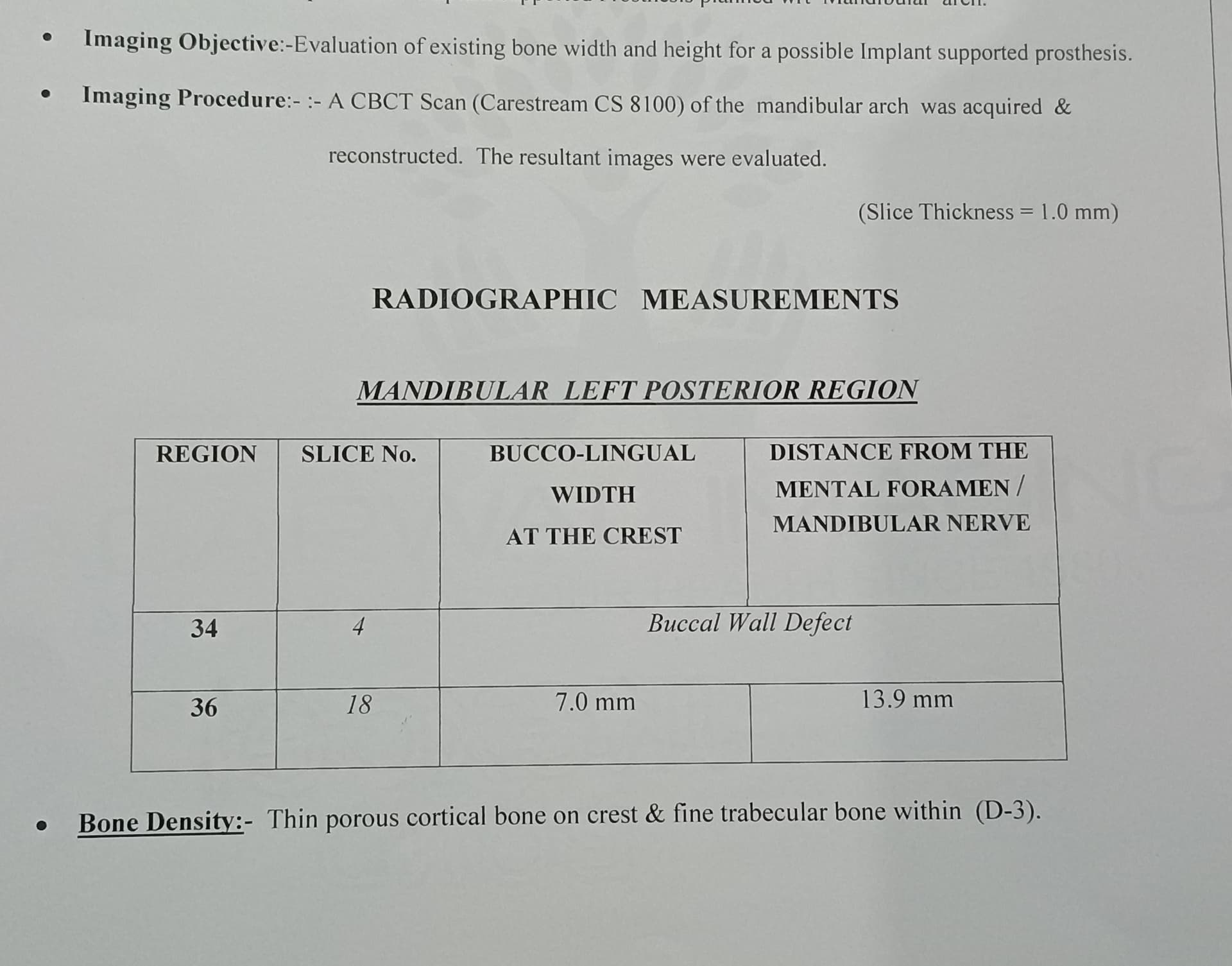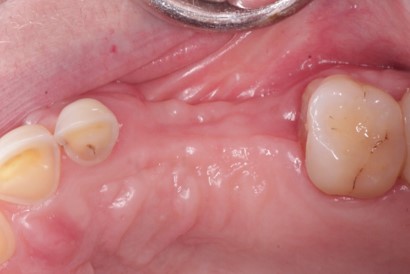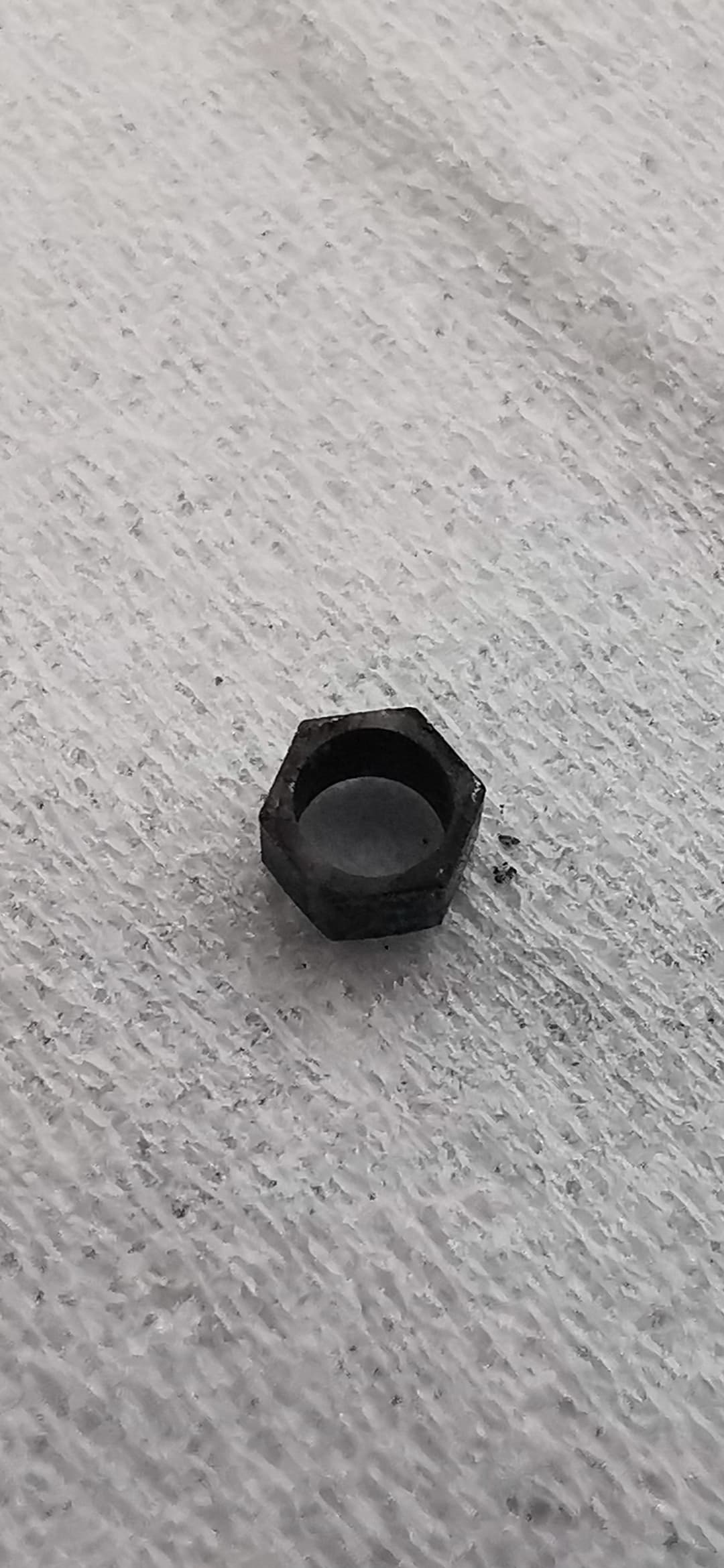12mm mesiodistal space: 2 implants or 1?
I have a patient missing 2 adjacent maxillary premolars. There is 12mm mesiodistal space. Should I place two 3mm diameter implants and restore each with a crown? Or should I place a wide diameter implant with two crowns?

15 Comments on 12mm mesiodistal space: 2 implants or 1?
New comments are currently closed for this post.
Dr.Manish Sharma
6/14/2016
Kindly show the opposing arch snap and an OPG to make a diagnosis and treatment plan...to be confirmed wth the help of CTSCANS
Jeff
6/14/2016
so standard distances: 2mm from tooth to implant, 3mm between two implants...that is 7 of your 12 mm...theoretically you have to use 2.5mm wide implants....sometimes your roots diverge and give you a little more leeway, would need a radiograph to see
also your model looks like you have a significant vertical defect to deal with and some horizontal as well...hope this person doesn't have a high smile line
good luck
Russ
6/14/2016
Would the patient consider a short period of orthodontics to widen the space available??
Or to close the space to accommodate a single implant? Looks like there is a buccal and vertical collapse too. Sinus situation?
TraumaDOc
6/15/2016
While the literature and the gurus say 2mm from teeth and 3 mm between inplants I have gotten away with 1mm or less consistently on both accounts with no failure due to periimplantitis or bone loss. The distance betwen inplants is more critical. I would recommend 2 3.5 Astraeach just over a mm away from the adjacent teeth with about 3mm between them. go down to 3.0 and you have even more wiggle room.
Patti CDT
6/14/2016
As an implant technician I have had the pleasure of trying to restore many cases like this. I agree with the above comment. ortho and bone grafting to make a proper implant restoration. Not every patient is a candidate for implant therapy. Possible fixed bridge. Hygiene would be difficult with one implant and 2 crowns
VISSAGAN
6/15/2016
Use TWO NP IMPLANTS
SAGDDSMD
6/15/2016
You may not have the option of placing a wider diameter implant or any implant for that matter. With out the CBCT information regarding the buccal lingual dimension, you really don't know if you have enough ridge width to place even a 3 mm diameter implant , much less one of greater diameter.
Ajay Ojha
6/15/2016
Being a Prosthodontist, I tend to think how many teeth vs how many implants. The space looks too big for a molar and too small for a premolar and molar.
Option 1: Orthodontics to close space or create space, followed by bucco-palatal bone graft. Then place implants as necessary for the teeth being restored. This would be the best option
Option 2: Bucco-palatal bone graft, place implant a little more mesial (closer to the premolar). Then when making the abutment and crown, place a crown on the distal molar as well with a little overcontour on the mesial. This is just an idea and it may not work out. You may wax-up the model to really see how that would look.
rsdds
6/15/2016
I'm sorry but to me the space looks wider than 12mm
BigGoogootz
6/15/2016
The diagnostic model show mesial distal space without any buccal-palatal space and probably no depth between ridge and sinus.
So the number of implants is zero!
CRS
6/16/2016
You know the funny thing is that we don't know what the patient started with there could have been diastemas between the original teeth or the molar could have drifted. Implant treatment planning is a bit more involved than looking at a stone model. But what I do observe is the dip in the ridge indicating a vertical and a mesio distal issue. I don't know the width. If this is a long standing case, then most likely there is significant bone atrophy. Implants have two very important components, the bone and soft tissue support and the crown of the tooth. Leaving cleansible spaces or cantilevers is one solution, orthodontic correction or improvement is another with a restorative plan. These cases are not simple and a plan cannot be made with partial information. I am assuming you have more information than a ruler and a stone model and want a complete answer. Anyone can measure a model. Please post more info.
Geoff
6/16/2016
Ignoring all the peripheral considerations ( bone defects, sinus proximity, etc.) Astra Tech 3.0 or other implants with a platform switch include the platform switch as part of the distance. The measurement you want to make is between the roots of the teeth (as well as the potential axes of the implants) which one cannot see on the cast. I suspect it may be more than 12 mm. However, if it is 12 mm the 3 mm between the implants (and I agree with former poster who reduces the distance to 1.5 on the tooth side (including platform switch) so you should have room for two if you place them accurately.
Michael Eurs DDS
6/16/2016
First off it is the prosthetics that determine the implant position. This demands mounted models and a diagnostic wax up to provide the best result with the opposing dentition. I agree with CRS about diastemas. Looks like there is space for only one tooth here, not two abnormal size teeth. After you look at the models you can determine if you can place a molar with a diastema on the mesial, or a premolar with a diastema on the distal. When you determine the ideal implant position, then determine if the bone is there to support it. If not then you have to create it. I agree with the previous posts about either widening the space or closing the space with ortho. Without the opposing dentition, there is not enough info here.
Nikos Pont.
6/23/2016
If there are adequate width and height of bone , a single large diameter implant should be sufficient. I would have had it placed with a slight palatal inclination (and distal maybe) halfway between cuspid and molar. The palatal inclination would give the technician more working space to achieve the aesthetics of the inderdental triangle
Juan collado
7/13/2016
4 units bridges is better than implants because too much bone defects and no goods space for places implants .


















